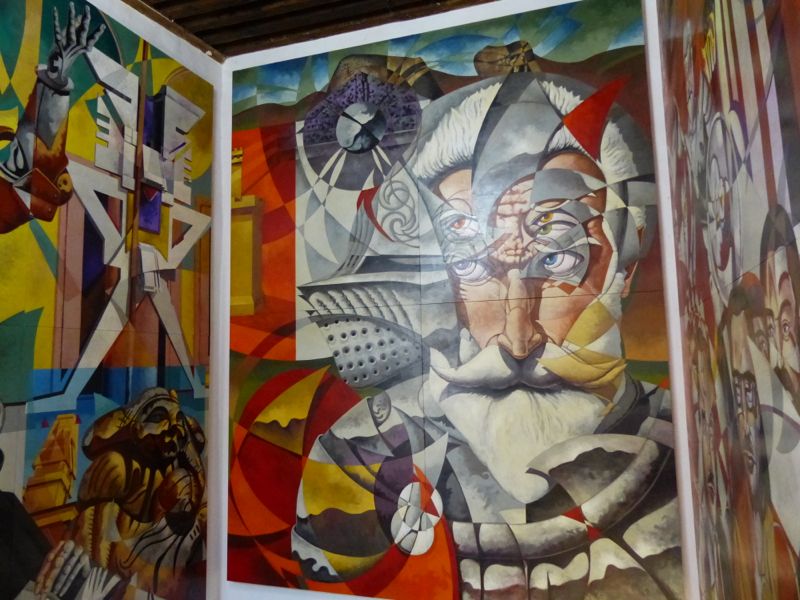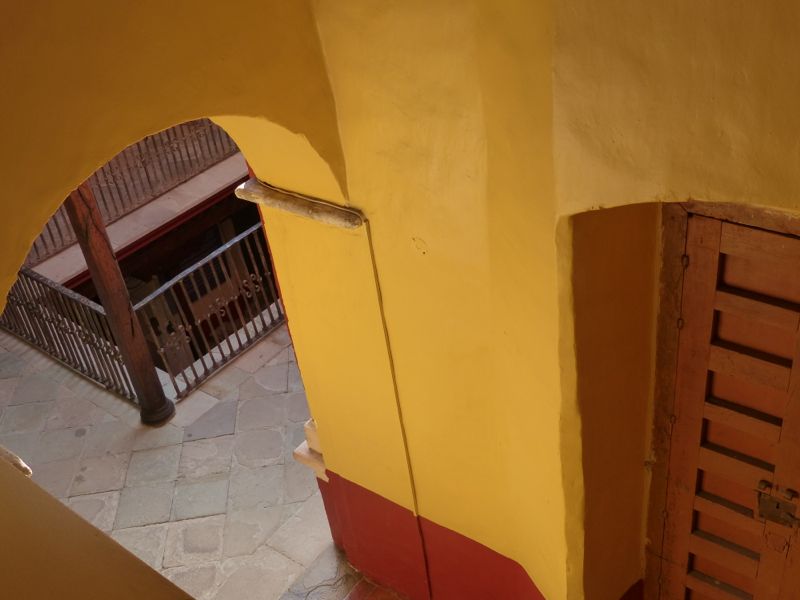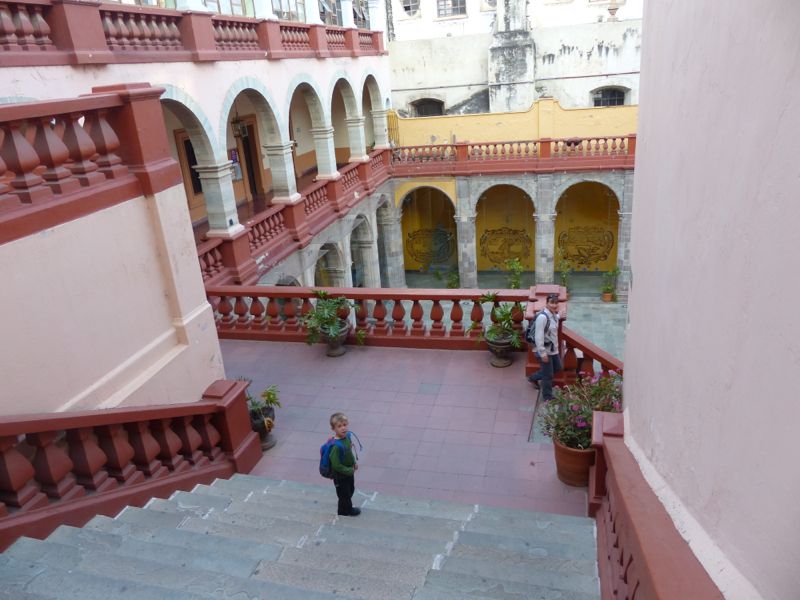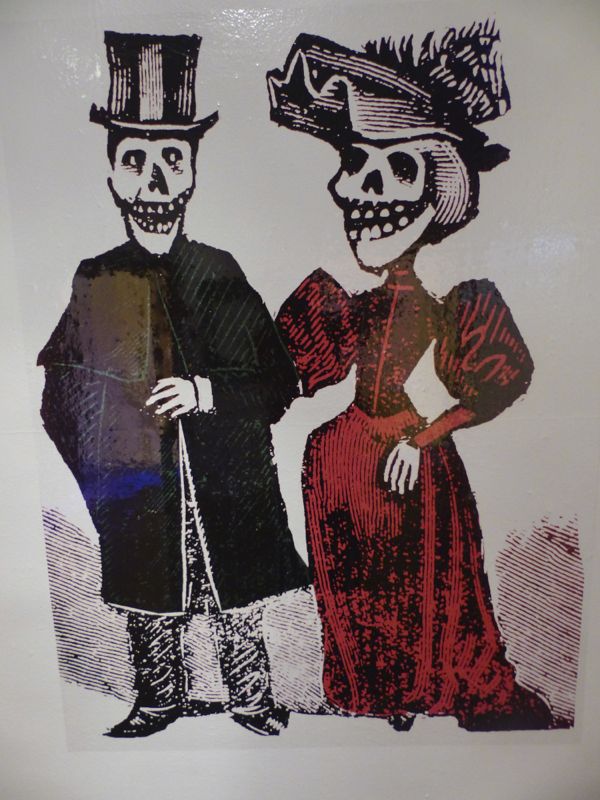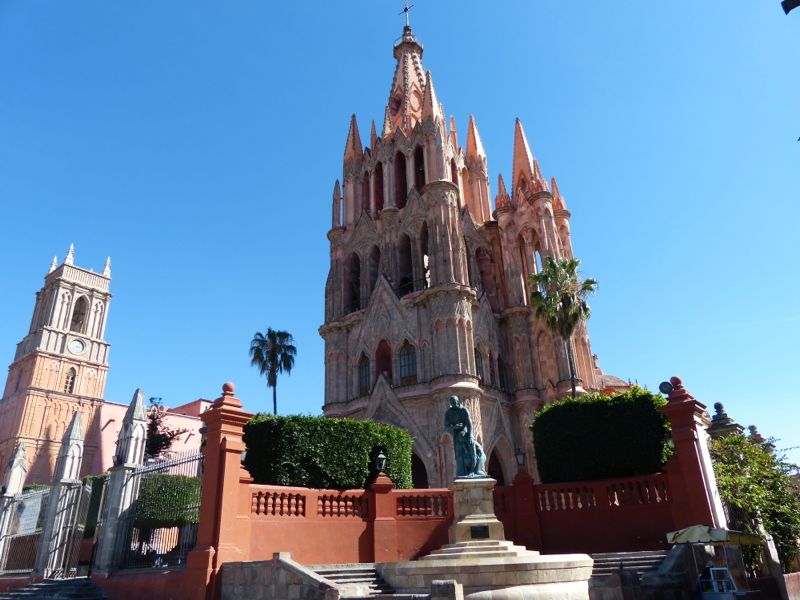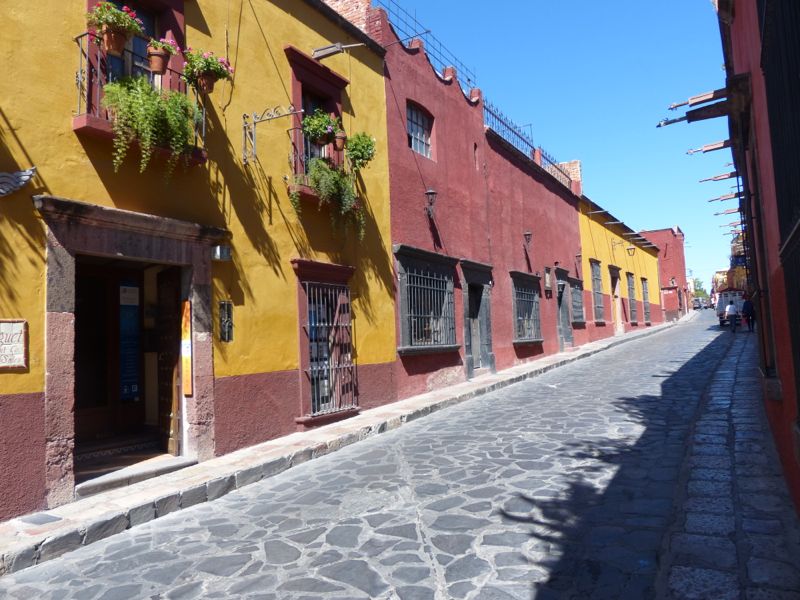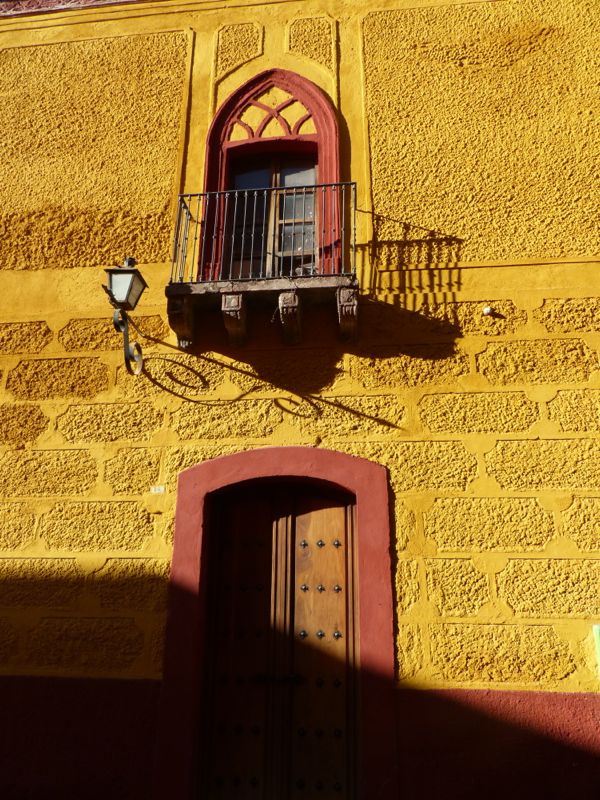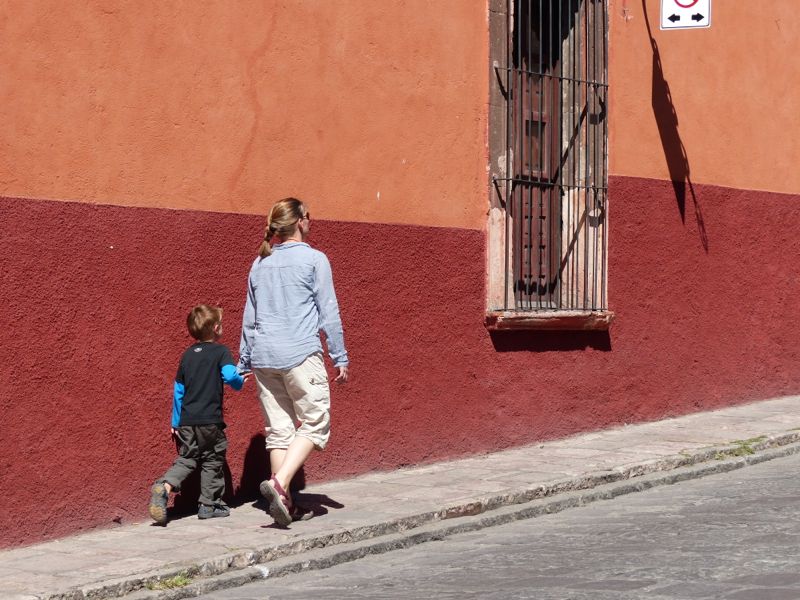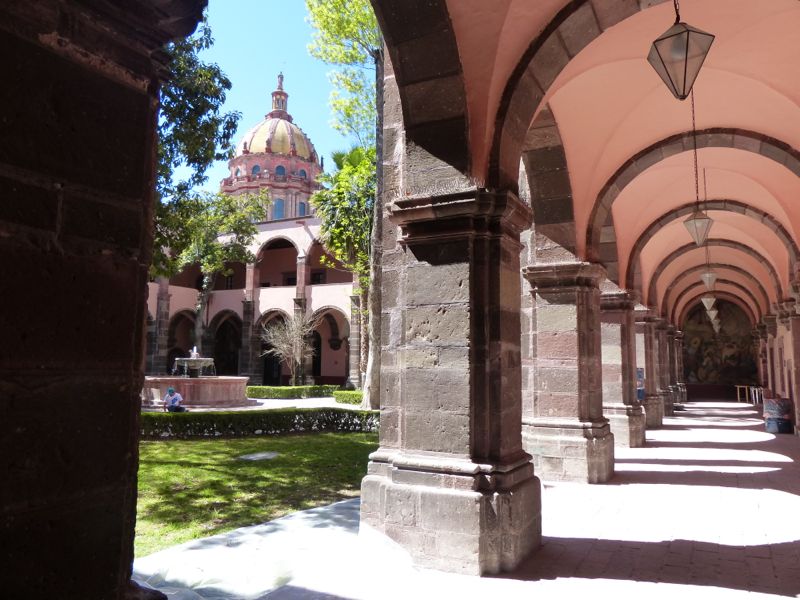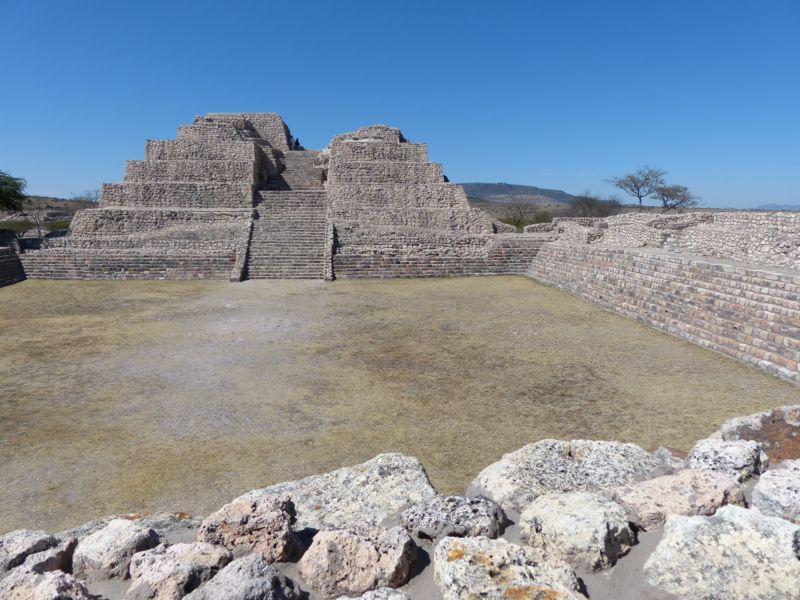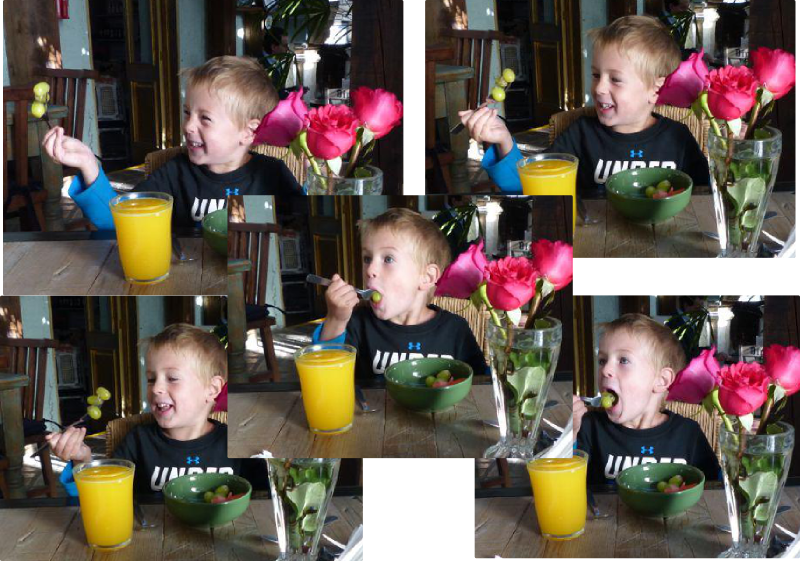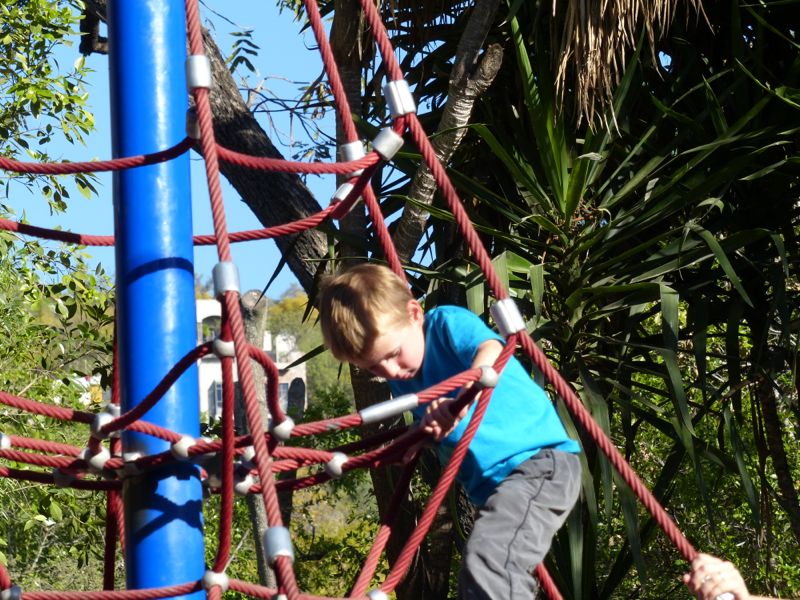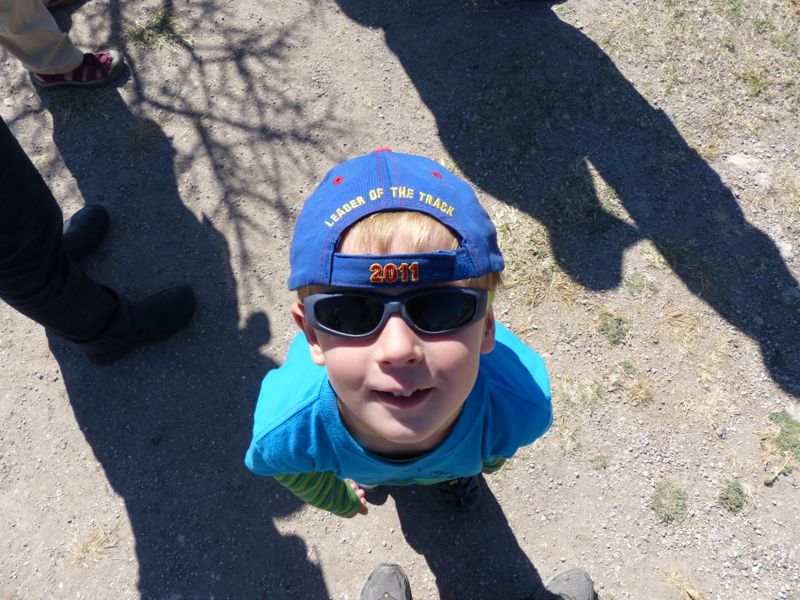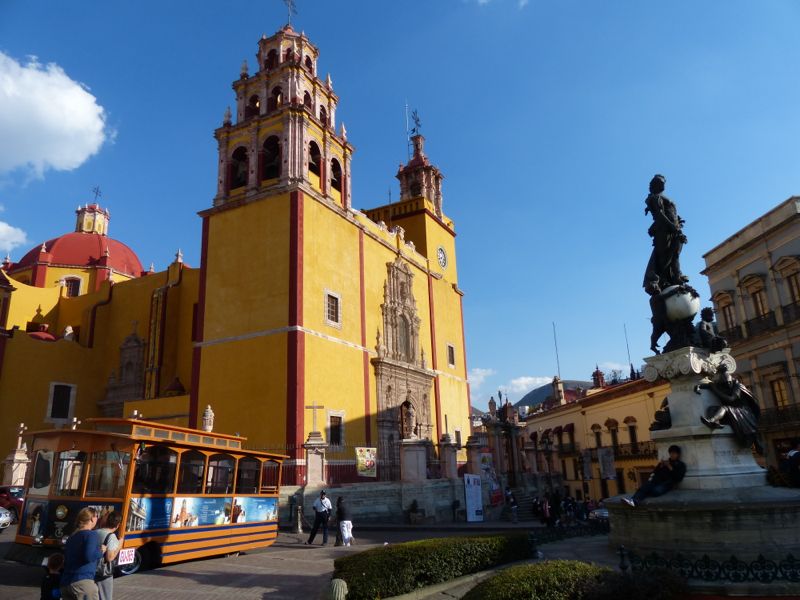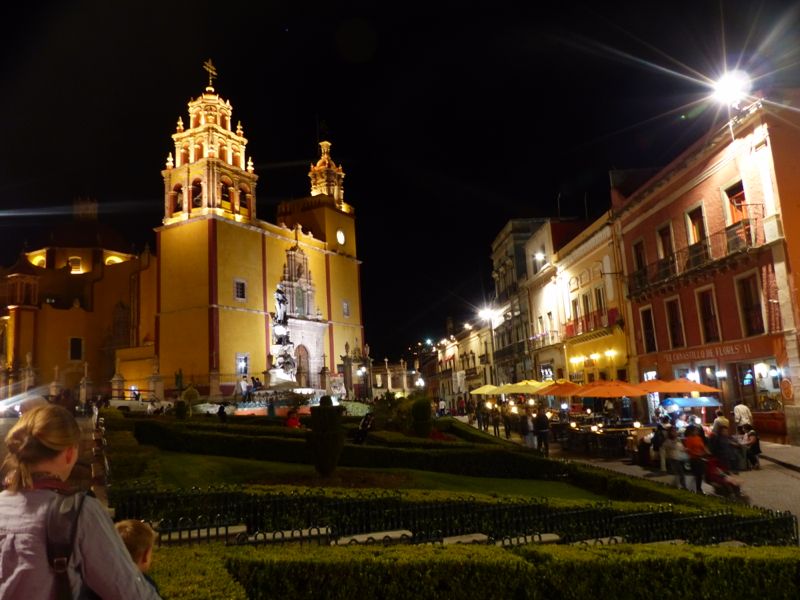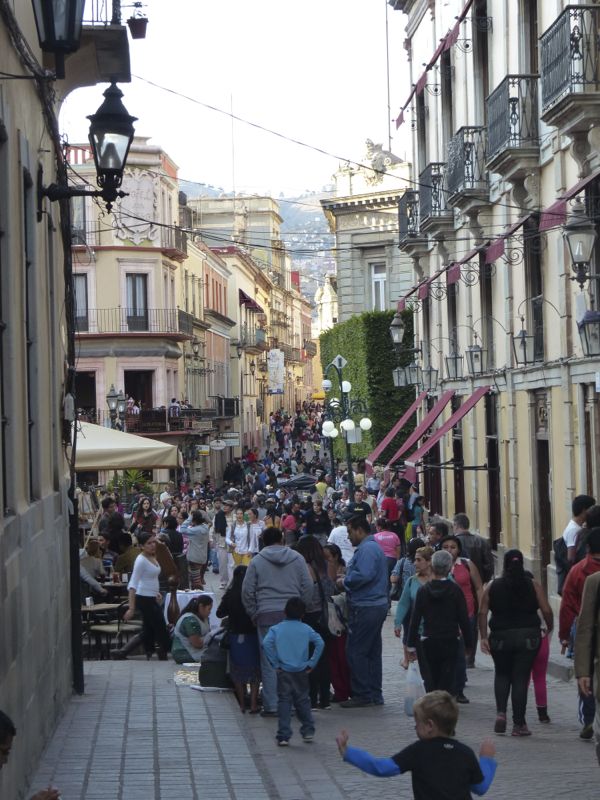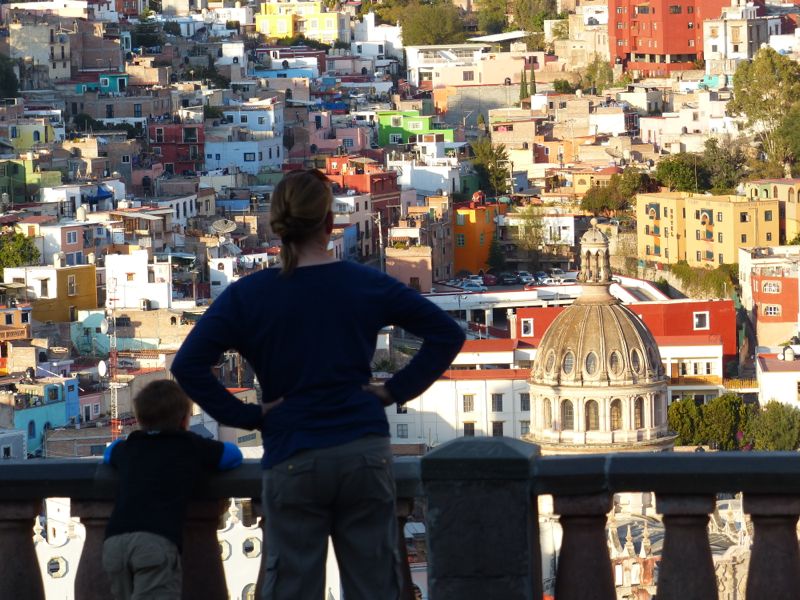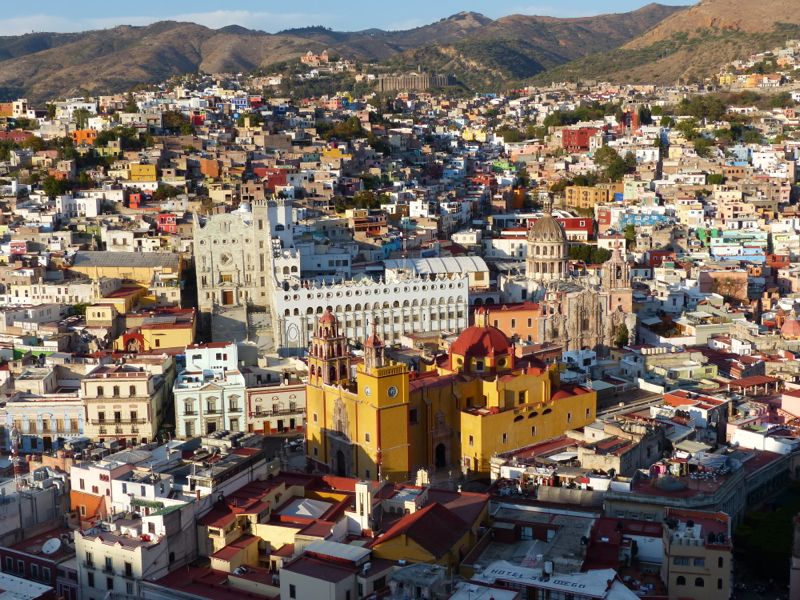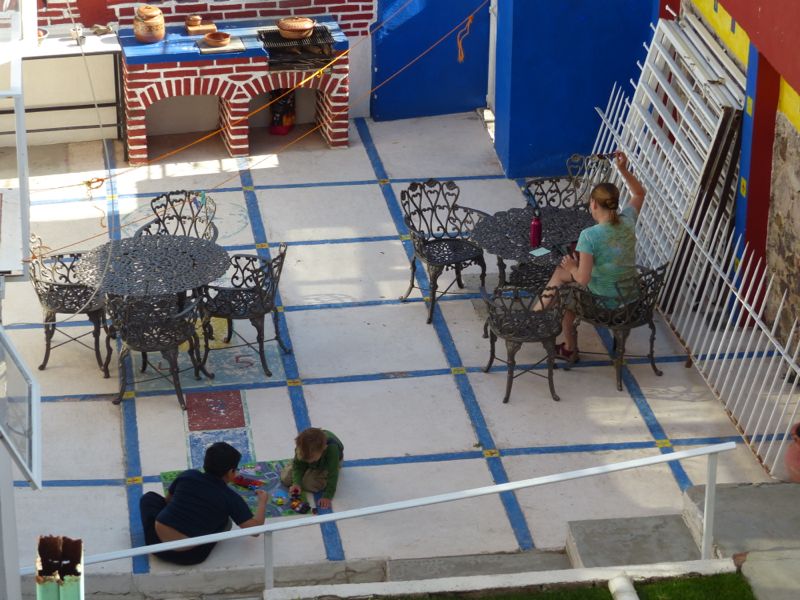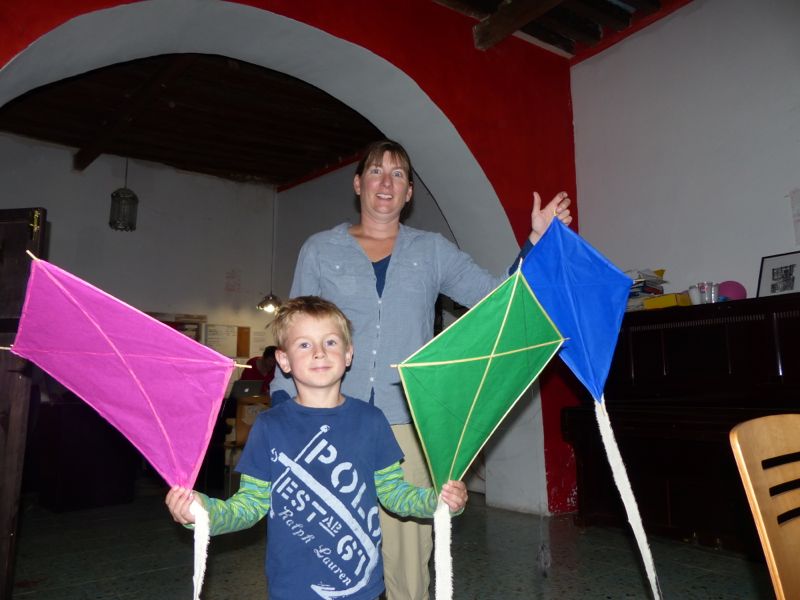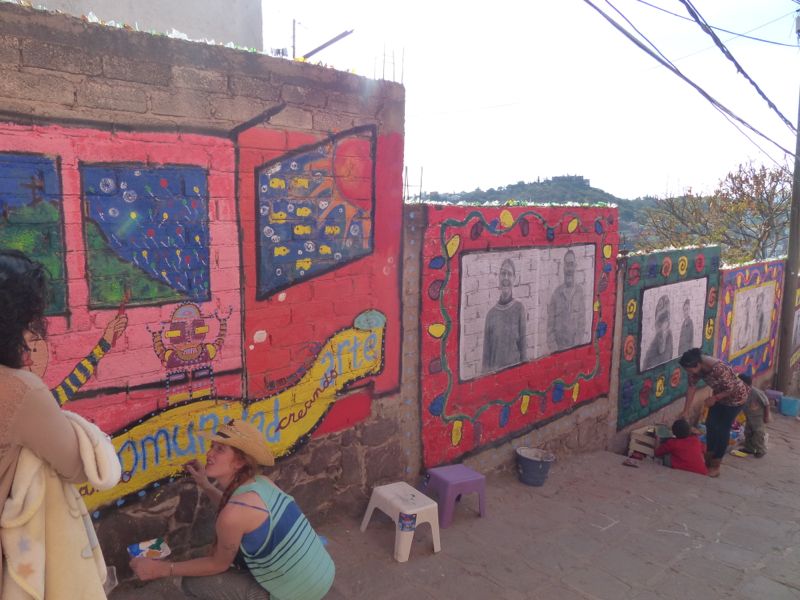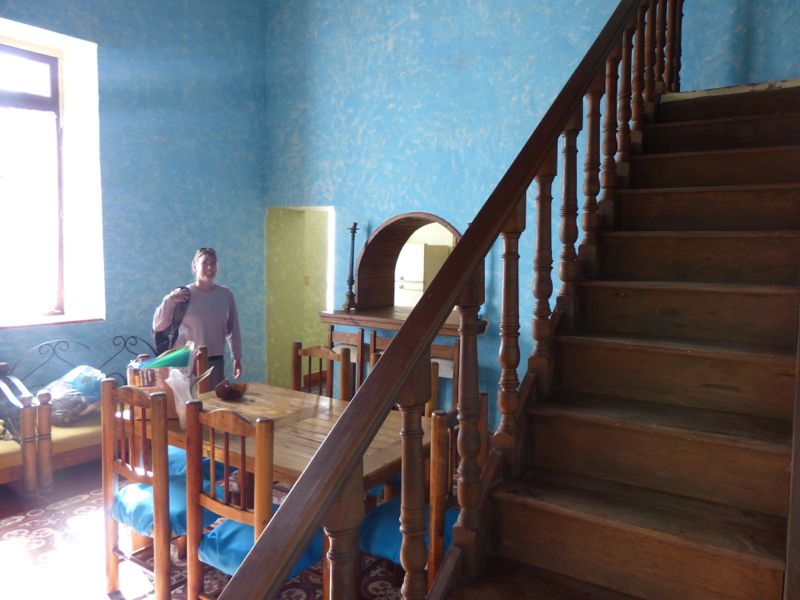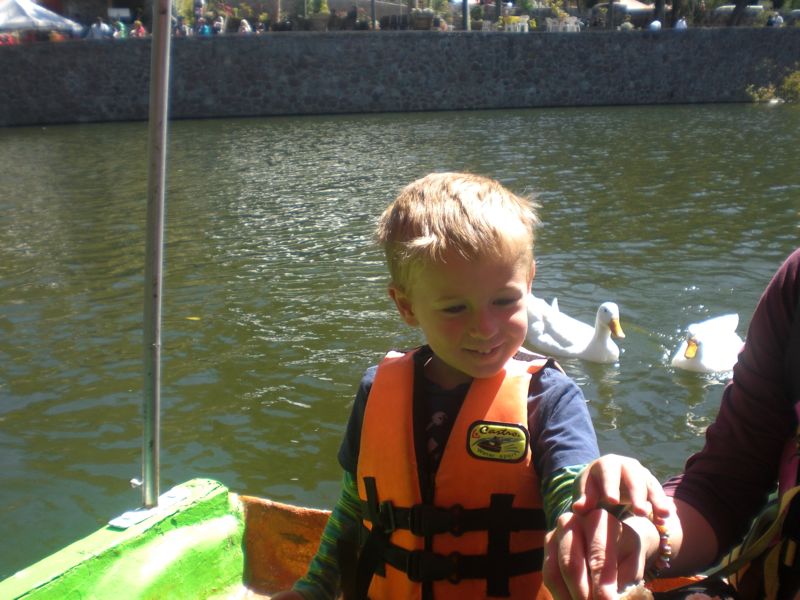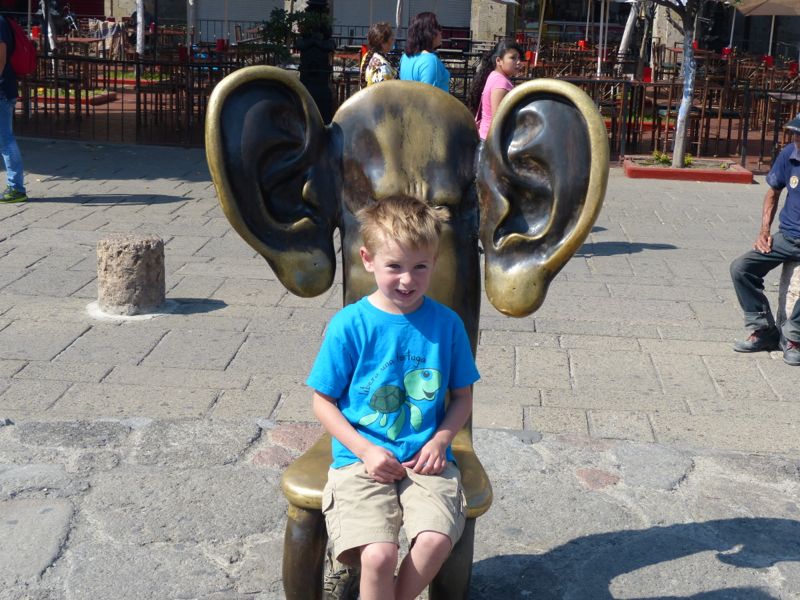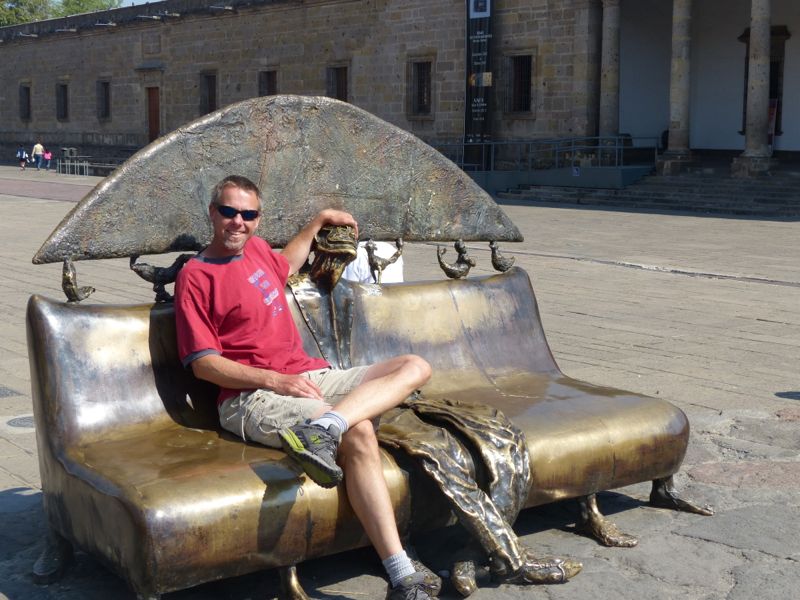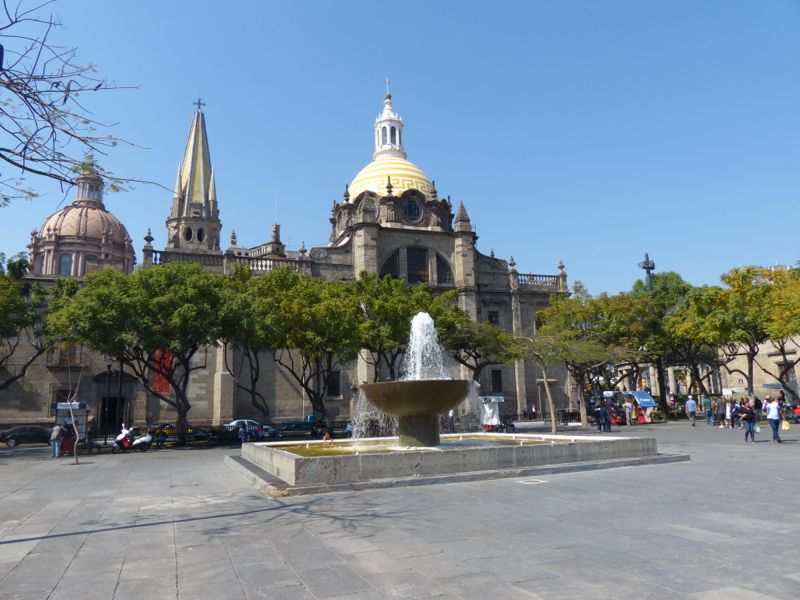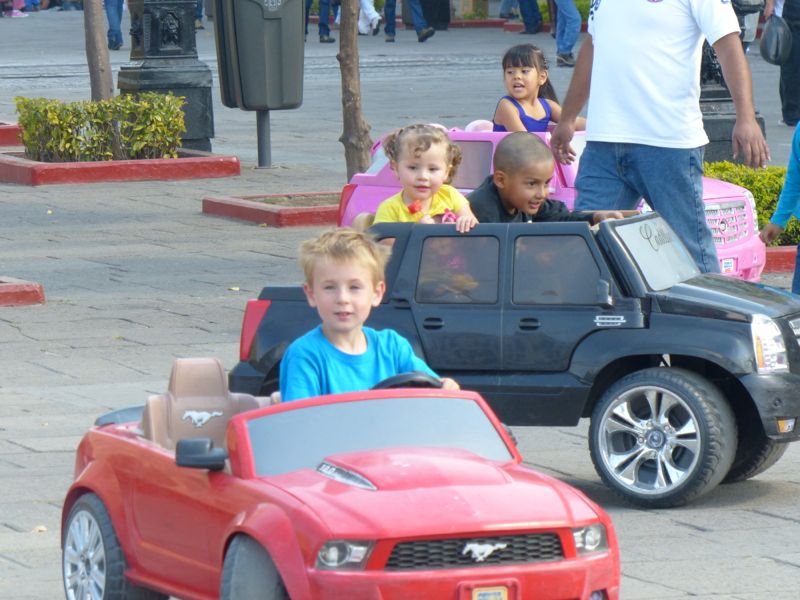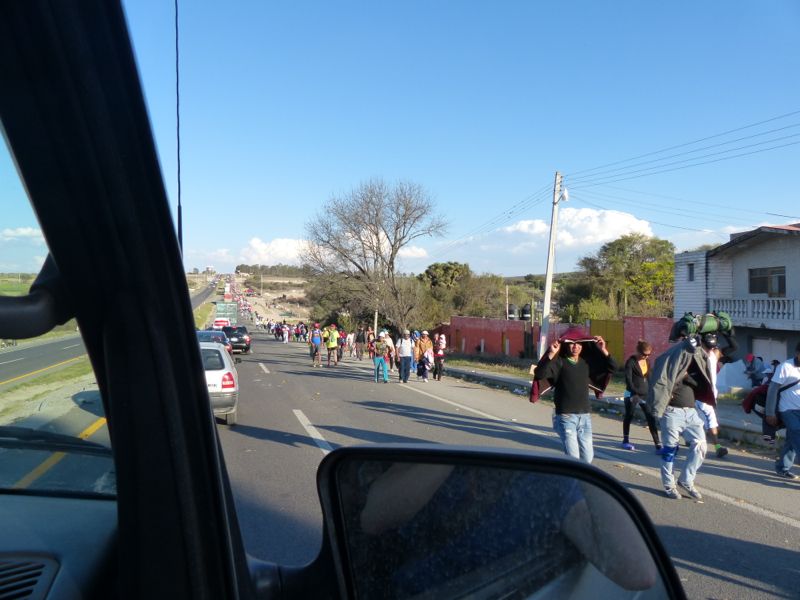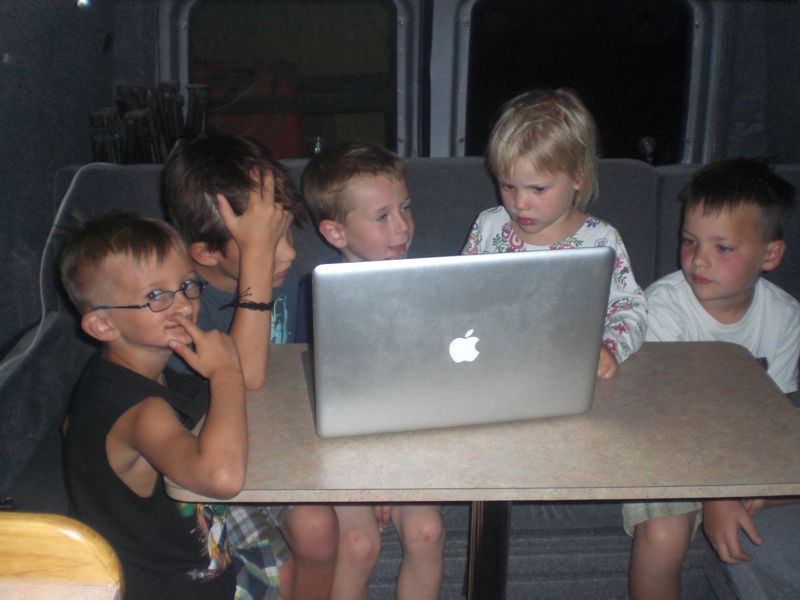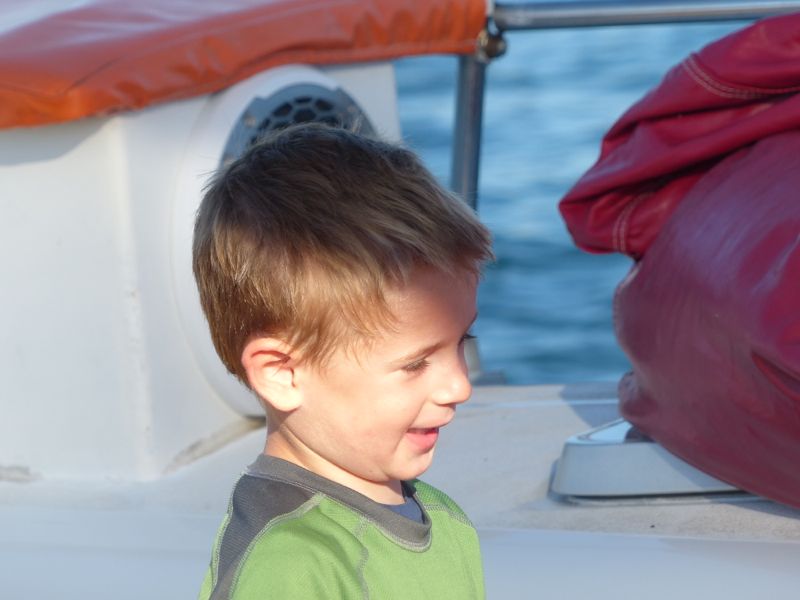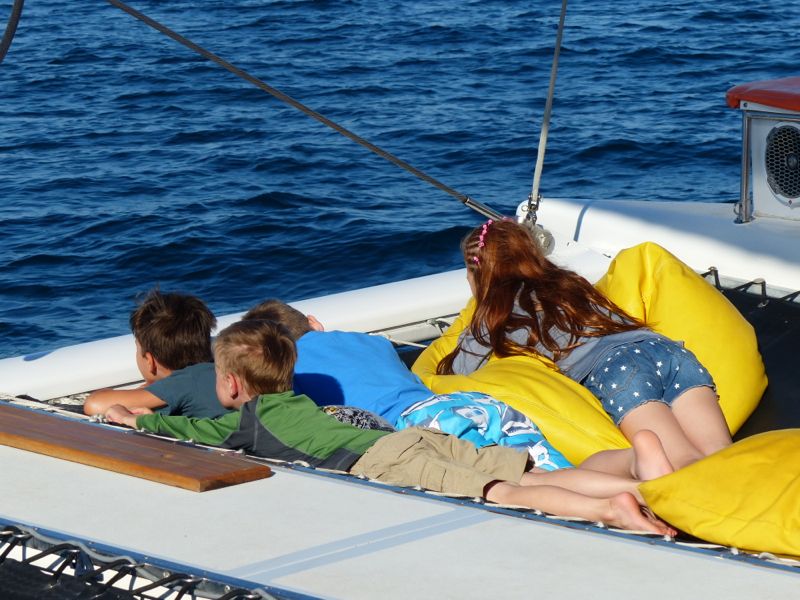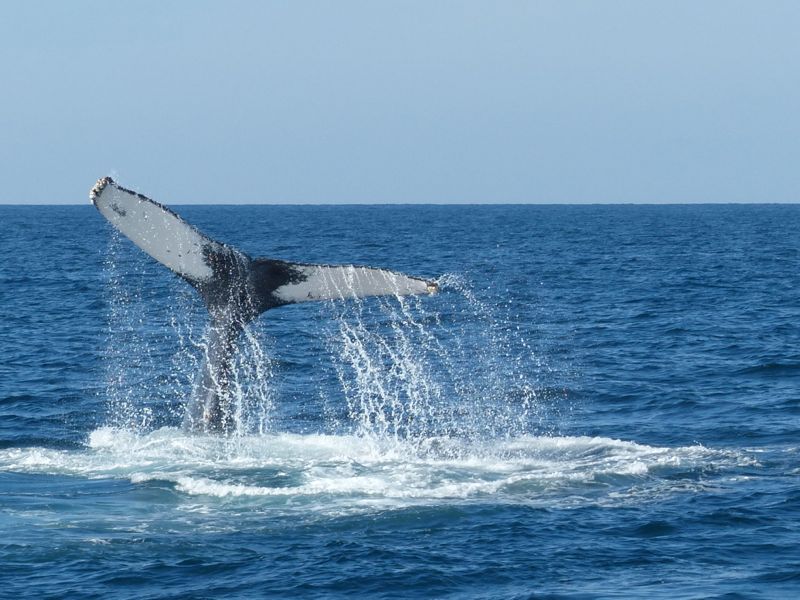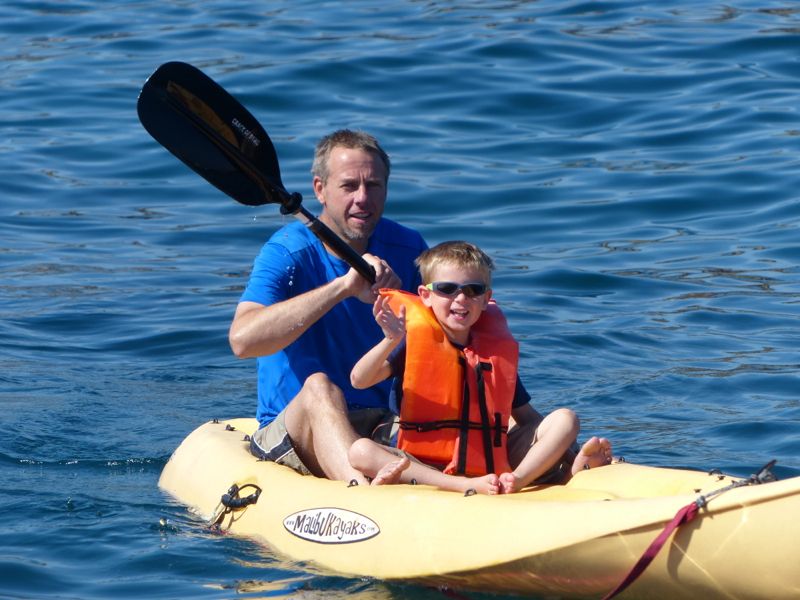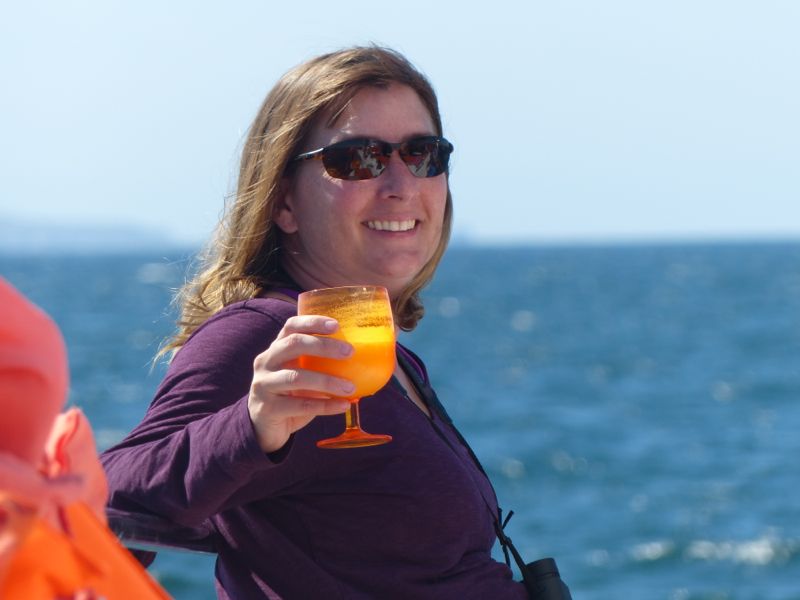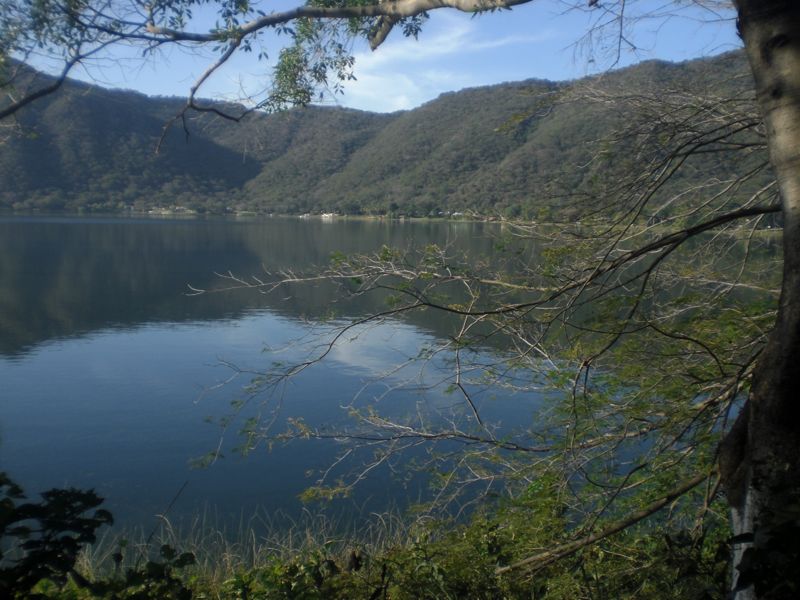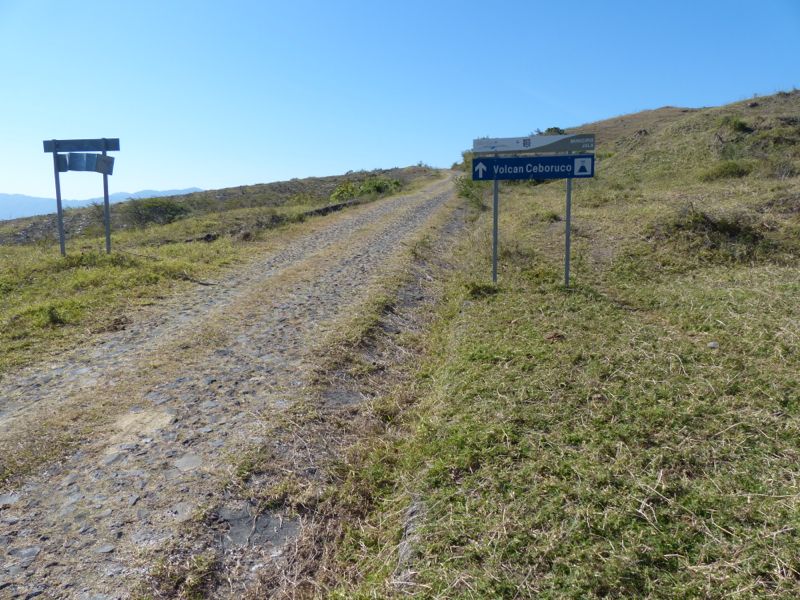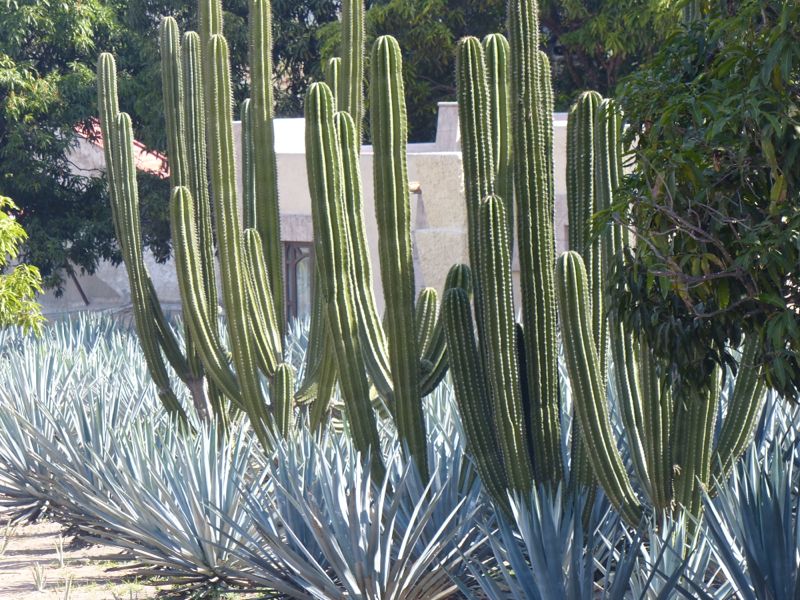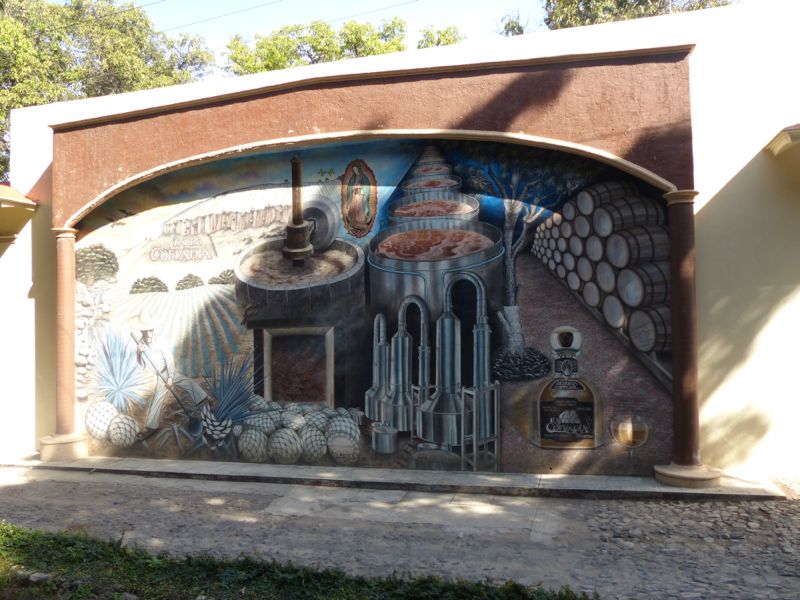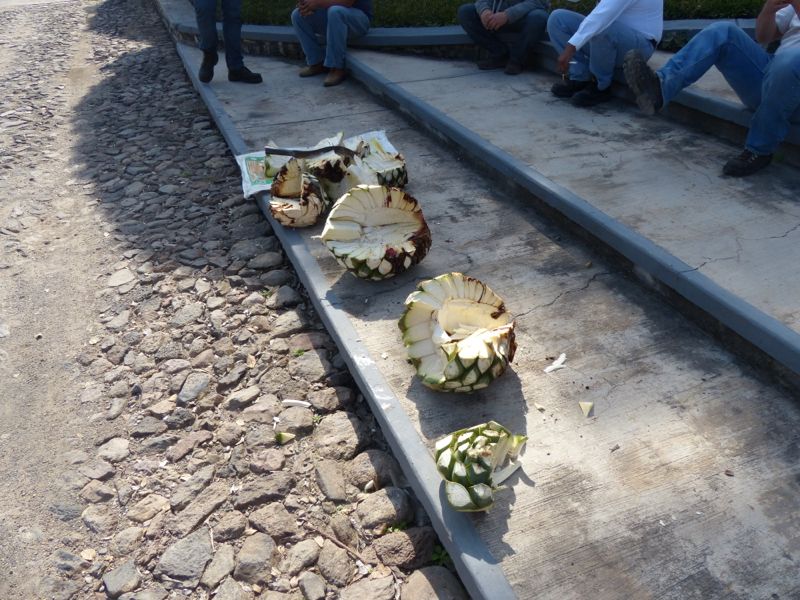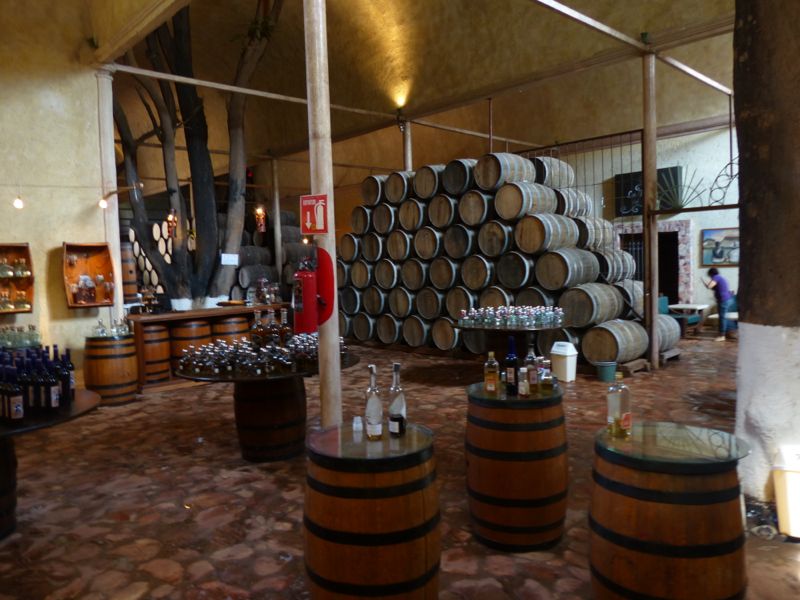For our second week in Guanajuato we moved into an apartment next to the Plaza del Baratillo in the center (El Centro) of town. For $25 per night we had a really nice place with a full kitchen, a breakfast bar, dining area, living room, bathroom and lofted bedroom. We also had terrific views of town from our new digs, the use of a beautiful terrace and superfast wifi. We were amazed at how quiet it was there (with the exception of ringing church bells 2-3 times a day).
The best part was that we were within easy walking distance to just about everything. Within our little plaza, for example, we had access to about 4 different coffee shops (with wifi), 2 internet cafes, a place where we could get freshly-squeezed fruit juice, and a produce vendor with an incredible selection of fruits and vegetables (and where they will chop up any combination of veggies for you to take home for soup or a stir fry). In addition, there were numerous excellent restaurants and sidewalk vendors nearby offering a wide variety of delectable treats. It was always hard to decide whether to buy fresh food at the market and cook in our kitchen or sample the wonderful food on offer on the street and in restaurants!
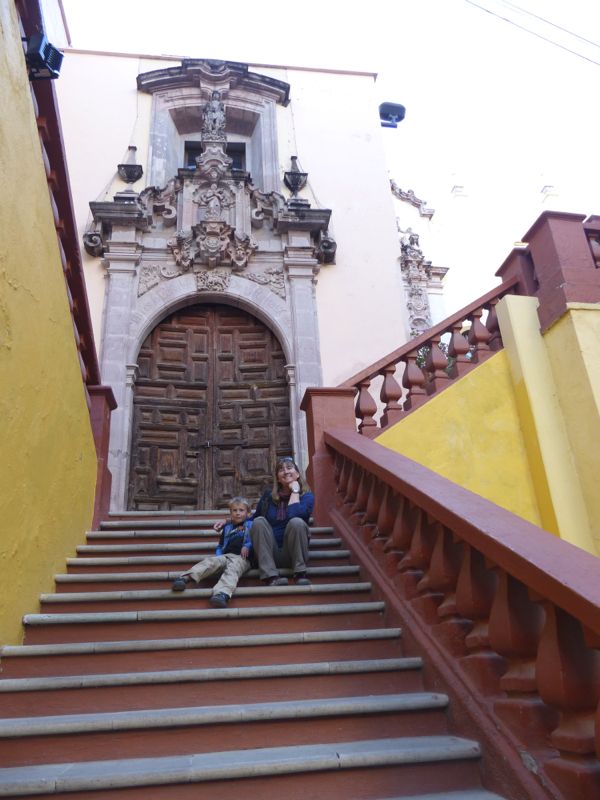
The university campus in Guanajuato
We had about a 5-minute walk from our apartment to Escuela Falcon for our second week of Spanish lessons. With the help of the wonderful instructors at the school, Quinn has really increased his vocabulary and can now understand random conversations that he hears around town. His pronunciation of words is much better than that of either Witt or I and he corrects us when we don’t say things quite right.
Witt & I focused on learning past tense of verbs (Pretérito and Imperfecto for those of our friends that are already familiar with Español). We found that topic to be fairly confusing at first and we definitely need more practice with it. However, our ability to communicate has improved tremendously, and since the number of English speakers around us is likely to decrease as we go south, speaking a passing version of Español will become more and more important.
We also spent quite a bit of time on our first Spanish installation of KA Lite. We plan to dedicate a separate blog post to this topic, but our volunteer work added something special to our visit here. We were able to meet so many amazing people through our volunteer effort. We even got to the point where we would run into one or more of our new friends while walking around town. We’ve started to feel like an authentic part of the community.
Guanajuato is a fabulous place to wander around. There are numerous plazas with beautiful fountains, trees, flowers and green plants. Here also there is about 500 years worth of interesting architecture to admire. (That is not an exaggeration – this is one of the oldest cities in México – started in 1520 – and there are buildings here with 15xx written on the side of them.) The university here – Universidad de Guanajuato – dates back to 1732 and is known for its outstanding academics, research and outreach. There are several large theaters where plays, musicals and symphonies are shown. Dozens of museums are sprinkled through town, both historical (this was the site of the first battle of independence from Spain) and artistic (this was the birthplace of Diego Rivera, for example).
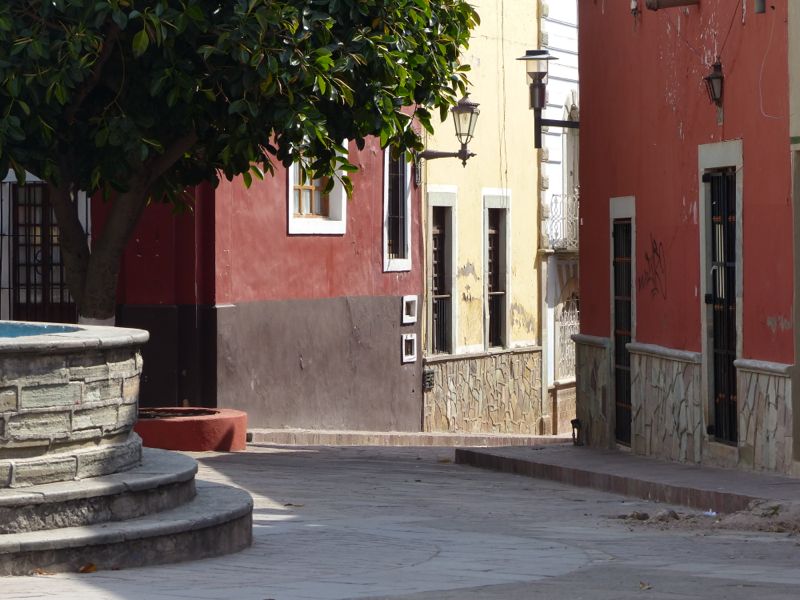
One of the many pleasant plazas in town.
Since “La Comida” – the big meal of the day – is usually held from around 3-5pm, evenings are the time for families and students to walk around town. Entertainment is everywhere here in the form of very good street performers. We were lucky enough to be in town for the annual street entertainers festival, and saw comedians, jugglers, mimes, musicians, and several people pretending – rather convincingly – to be statues. We had a blast just wandering around and taking it all in.
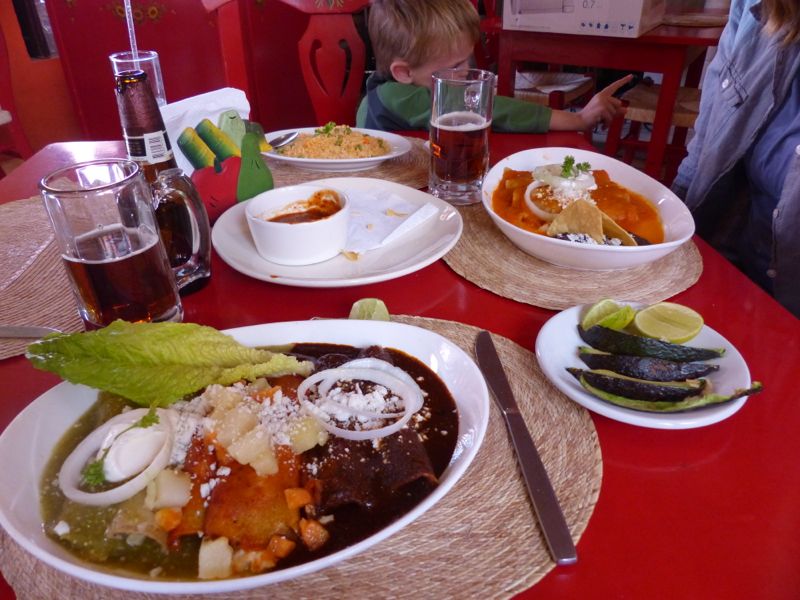
Mmmm. Enchiladas.
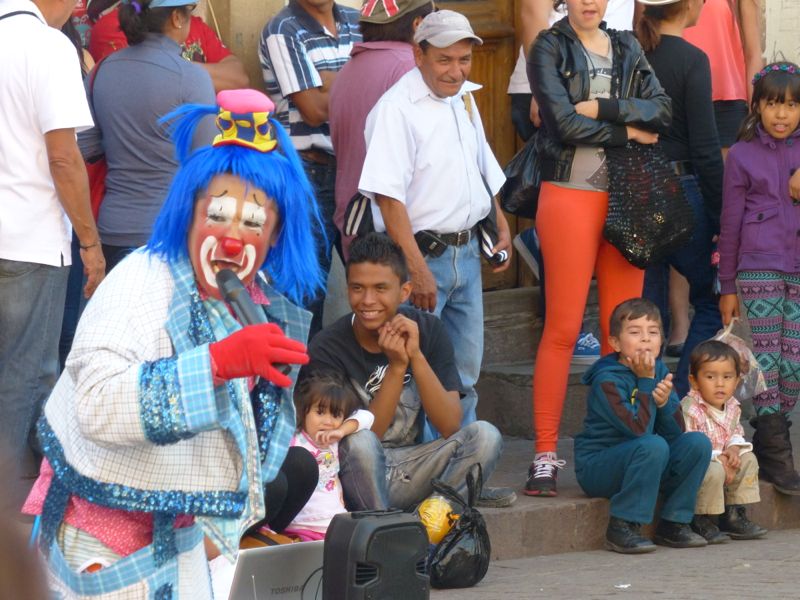
A couple of evenings were spent watching street entertainers.
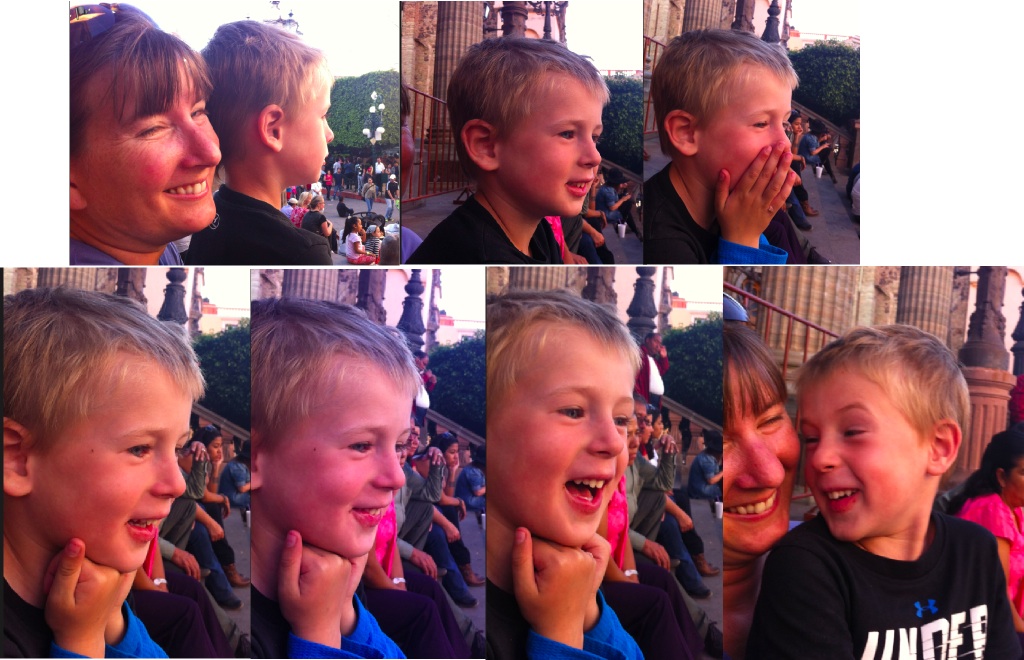
Quinn got a big kick out of them!
Quinn has made a few friends here too. He especially enjoyed admiring and playing with all of his new friends’ toys. Our landlord this week has a young son (~3 years old) who has a brand new full-suspension mountain bike with training wheels! Of course it was his train set that really got Quinn’s attention. The two boys played really well together and it was a teary farewell when the time came to move back into our van.

Quinn and Reuben busy playing trains
Today we are (reluctantly) leaving Guanajuato for San Miguel de Allende, which is about a 1-hour drive east of here. I think though that the city of Guanajuato, with its sunny, warm days and cool, clear nights, has earned a special place in our hearts. It might only be a matter of time before we return.

To reward Quinn for studying hard all week, we got him a little toy helicopter.

